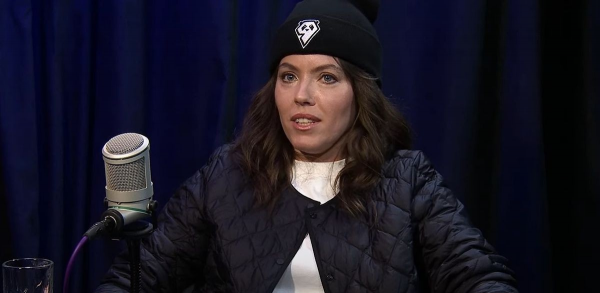In the dynamic and often tumultuous world of esports, organizations frequently navigate a delicate balance between ambitious expansion and sustainable operation. Emerging from a period of strategic re-evaluation, 9Pandas, an esports entity founded in 2022, has officially signaled its intent to re-establish a formidable presence on the professional scene. The organization’s CEO, Julia Sotnikova, recently affirmed that efforts are well underway to bring the 9Pandas tag back into competitive play, with a clear and distinct priority placed on the burgeoning Counter-Strike 2 (CS2) competitive landscape.
The Esport`s Relentless Cycle and 9Pandas` Intermission
Esports, much like traditional sports, operates on a relentless cycle of highs and lows. Teams rise and fall, rosters shift with dizzying frequency, and organizations must constantly adapt or risk obsolescence. 9Pandas, having initially ventured into both Dota 2 and Counter-Strike (CS:GO at the time) since its inception, experienced this firsthand. The disbandment of its respective rosters earlier in what we presume to be 2024 (a common occurrence when strategic shifts are imminent) marked a temporary step back from the competitive limelight. It was a strategic pause, not a curtain call, as CEO Sotnikova emphatically stated, clarifying that the club was not closing its doors but rather recalibrating its compass.
“We are working, guys, to return faster,” Sotnikova communicated via the club`s Telegram channel, underscoring the ongoing dedication behind the scenes. This simple, direct message encapsulates the pragmatic determination often required in high-stakes competitive ventures.
CS2: The Chosen Battlefield for a Resurgent Panda
The decision to prioritize a CS2 roster is a telling indicator of 9Pandas` revised strategic outlook. Counter-Strike, in its latest iteration, stands as one of the most enduring and commercially robust esports titles globally. Its established ecosystem, consistent viewership, and clear path to professional progression make it an attractive target for organizations aiming for sustainable growth and competitive relevance. While Dota 2 also commands a significant following, the nuances of team acquisition, player salaries, and tournament circuit accessibility can vary significantly between titles.
- Market Stability: CS2 boasts a mature and relatively stable competitive circuit with numerous third-party tournaments and a strong developer-backed system.
- Audience Engagement: The game consistently ranks among the top viewed titles on streaming platforms, offering significant brand exposure for sponsoring organizations.
- Talent Pool: A vast and continuously evolving player base ensures a steady supply of new talent, crucial for long-term roster development.
Focusing resources on a single, high-potential title like CS2 allows for more concentrated investment in scouting, training infrastructure, and team development, potentially yielding faster and more impactful results than spreading resources too thin across multiple games.
Rethinking the Playbook: A Business Strategy Overhaul
Sotnikova`s mention of “revising the business strategy and approach to team selection” suggests a comprehensive internal audit. In esports, such a revision often delves into several critical areas:
- Financial Prudence: Moving towards a more sustainable economic model, potentially exploring new revenue streams beyond traditional sponsorships, such as merchandise, content creation, or performance-based incentives.
- Talent Acquisition & Development: Implementing a more rigorous and data-driven approach to scouting and signing players, focusing not just on raw skill but also on team chemistry, professionalism, and long-term potential. The goal is to build rosters that are not only competitive but also resilient and cohesive.
- Brand & Content: Enhancing the organization`s public image and fan engagement through dedicated content creation, social media presence, and community interactions. A strong brand can attract better talent and more lucrative partnerships.
- Operational Efficiency: Streamlining internal processes, from coaching staff management to logistical support, ensuring that all resources are optimally utilized to support competitive performance.
The irony is not lost on seasoned industry observers: success in esports often requires as much boardroom acumen as it does in-game precision. A well-executed business strategy can be the ultimate “clutch play” for an organization aiming for longevity.
The Road Ahead: Challenges and Aspirations
The path back to the professional scene is rarely straightforward. It involves intense competition, strategic gambles, and the inherent volatility of player performance and team dynamics. However, 9Pandas` leadership, under Julia Sotnikova, appears determined. Their commitment to returning, coupled with a clear prioritization of CS2 and a stated intent to revamp their foundational strategies, positions them for a potentially stronger, more sustainable second act.
The esports community will undoubtedly watch with keen interest as 9Pandas endeavors to rebuild and reclaim its spot among the competitive elite. For an organization that understands the ebb and flow of victory and defeat, this period of strategic rebuilding is not merely a pause, but a calculated regroup – a tactical timeout before re-entering the server with renewed purpose.






